The Cordillera region, located in the northern part of the Philippines, is a treasure trove of biodiversity. It boasts a rich variety of flora with numerous medicinal plants that have been used by the indigenous peoples for centuries. These plants, with their healing properties and therapeutic benefits, offer immense potential for both traditional and modern medicine. In this article, we will delve into some of the common medicinal plants found in the Cordillera region, highlighting their uses and benefits. 1. Lagundi (Vitex negundo): Lagundi is a shrub widely recognized for its potent medicinal properties. It is commonly used as a natural remedy for respiratory ailments such as cough, asthma, and bronchitis.
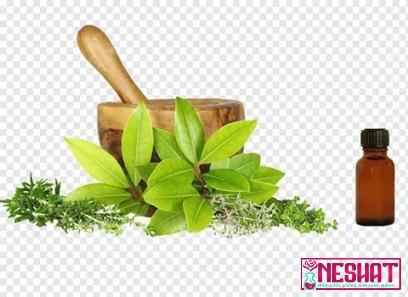
.
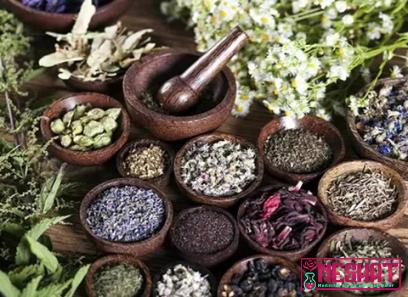 The leaves are boiled to make a decoction, which can be consumed or used as a steam inhalation. Lagundi is known for its expectorant and bronchodilating effects, making it an effective treatment for respiratory conditions. 2. Tsaang Gubat (Ehretia microphylla): Tsaang Gubat, also known as “Wild Tea,” is a small tree found abundantly in the Cordillera region. Its leaves are rich in tannins, which possess antimicrobial and anti-inflammatory properties. Traditionally brewed as a tea, Tsaang Gubat is used to alleviate stomach ailments such as diarrhea, indigestion, and gastroenteritis. It is also known to have wound-healing properties when used topically.
The leaves are boiled to make a decoction, which can be consumed or used as a steam inhalation. Lagundi is known for its expectorant and bronchodilating effects, making it an effective treatment for respiratory conditions. 2. Tsaang Gubat (Ehretia microphylla): Tsaang Gubat, also known as “Wild Tea,” is a small tree found abundantly in the Cordillera region. Its leaves are rich in tannins, which possess antimicrobial and anti-inflammatory properties. Traditionally brewed as a tea, Tsaang Gubat is used to alleviate stomach ailments such as diarrhea, indigestion, and gastroenteritis. It is also known to have wound-healing properties when used topically.
..
 3. Yerba Buena (Mentha cordifolia): Yerba Buena, or “Good Herb,” is a popular medicinal plant in the Cordillera region with a minty aroma and taste. It is widely used to treat headaches, toothaches, and muscle pains. Yerba Buena leaves can be crushed and applied topically as a poultice or brewed as a tea for internal consumption. Its active compound, menthol, provides a cooling effect and helps relieve pain. 4. Ampalaya (Momordica charantia): Ampalaya, also known as bitter gourd or bitter melon, is a vegetable commonly used in Filipino cuisine. Its fruits and leaves have medicinal properties that make it an effective remedy for diabetes. Ampalaya contains charantin, which helps lower blood sugar levels. Consuming Ampalaya regularly or drinking its juice can aid in managing diabetes and promoting overall health.
3. Yerba Buena (Mentha cordifolia): Yerba Buena, or “Good Herb,” is a popular medicinal plant in the Cordillera region with a minty aroma and taste. It is widely used to treat headaches, toothaches, and muscle pains. Yerba Buena leaves can be crushed and applied topically as a poultice or brewed as a tea for internal consumption. Its active compound, menthol, provides a cooling effect and helps relieve pain. 4. Ampalaya (Momordica charantia): Ampalaya, also known as bitter gourd or bitter melon, is a vegetable commonly used in Filipino cuisine. Its fruits and leaves have medicinal properties that make it an effective remedy for diabetes. Ampalaya contains charantin, which helps lower blood sugar levels. Consuming Ampalaya regularly or drinking its juice can aid in managing diabetes and promoting overall health.
…
 5. Sambong (Blumea balsamifera): Sambong is a shrub widely recognized for its diuretic and anti-inflammatory properties. This medicinal plant is commonly used to treat urinary tract infections and kidney stones. It is consumed as a tea or taken in capsule form to help cleanse the urinary system. Sambong’s antibacterial properties also make it an effective remedy for wound infections and skin irritations. Conclusion: The Cordillera region’s abundant flora harbors a wealth of medicinal plants known for their healing properties. Lagundi, Tsaang Gubat, Yerba Buena, Ampalaya, and Sambong are just a few examples of the medicinal plants found in this region. The indigenous peoples have long understood the therapeutic benefits of these plants and have integrated them into their traditional healing practices. As the importance of natural remedies and herbal medicine gains recognition worldwide, it is crucial to conserve and study these medicinal plants for their potential applications in modern medicine. The Cordillera region’s rich biodiversity offers immense opportunities for research, development, and collaboration between traditional healers and scientists, leading to the discovery of new drugs and treatments. By understanding and harnessing the healing power of these common medicinal plants, we can contribute to the preservation of our heritage, promote sustainable practices, and enhance our understanding of the diverse flora found in the Cordillera region.
5. Sambong (Blumea balsamifera): Sambong is a shrub widely recognized for its diuretic and anti-inflammatory properties. This medicinal plant is commonly used to treat urinary tract infections and kidney stones. It is consumed as a tea or taken in capsule form to help cleanse the urinary system. Sambong’s antibacterial properties also make it an effective remedy for wound infections and skin irritations. Conclusion: The Cordillera region’s abundant flora harbors a wealth of medicinal plants known for their healing properties. Lagundi, Tsaang Gubat, Yerba Buena, Ampalaya, and Sambong are just a few examples of the medicinal plants found in this region. The indigenous peoples have long understood the therapeutic benefits of these plants and have integrated them into their traditional healing practices. As the importance of natural remedies and herbal medicine gains recognition worldwide, it is crucial to conserve and study these medicinal plants for their potential applications in modern medicine. The Cordillera region’s rich biodiversity offers immense opportunities for research, development, and collaboration between traditional healers and scientists, leading to the discovery of new drugs and treatments. By understanding and harnessing the healing power of these common medicinal plants, we can contribute to the preservation of our heritage, promote sustainable practices, and enhance our understanding of the diverse flora found in the Cordillera region.


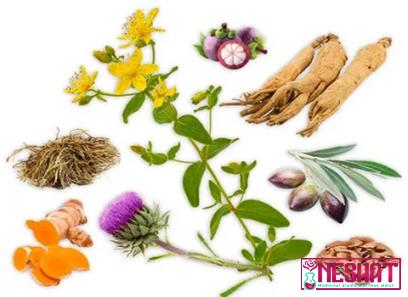
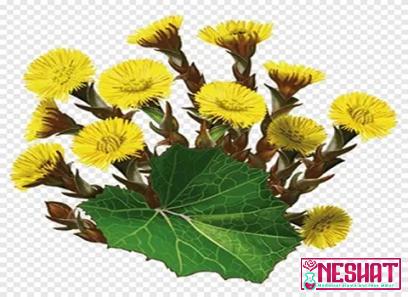
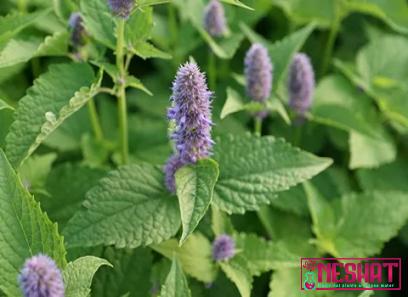

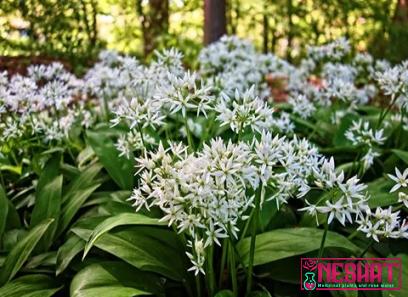


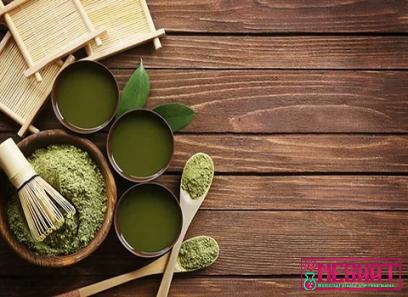
Your comment submitted.